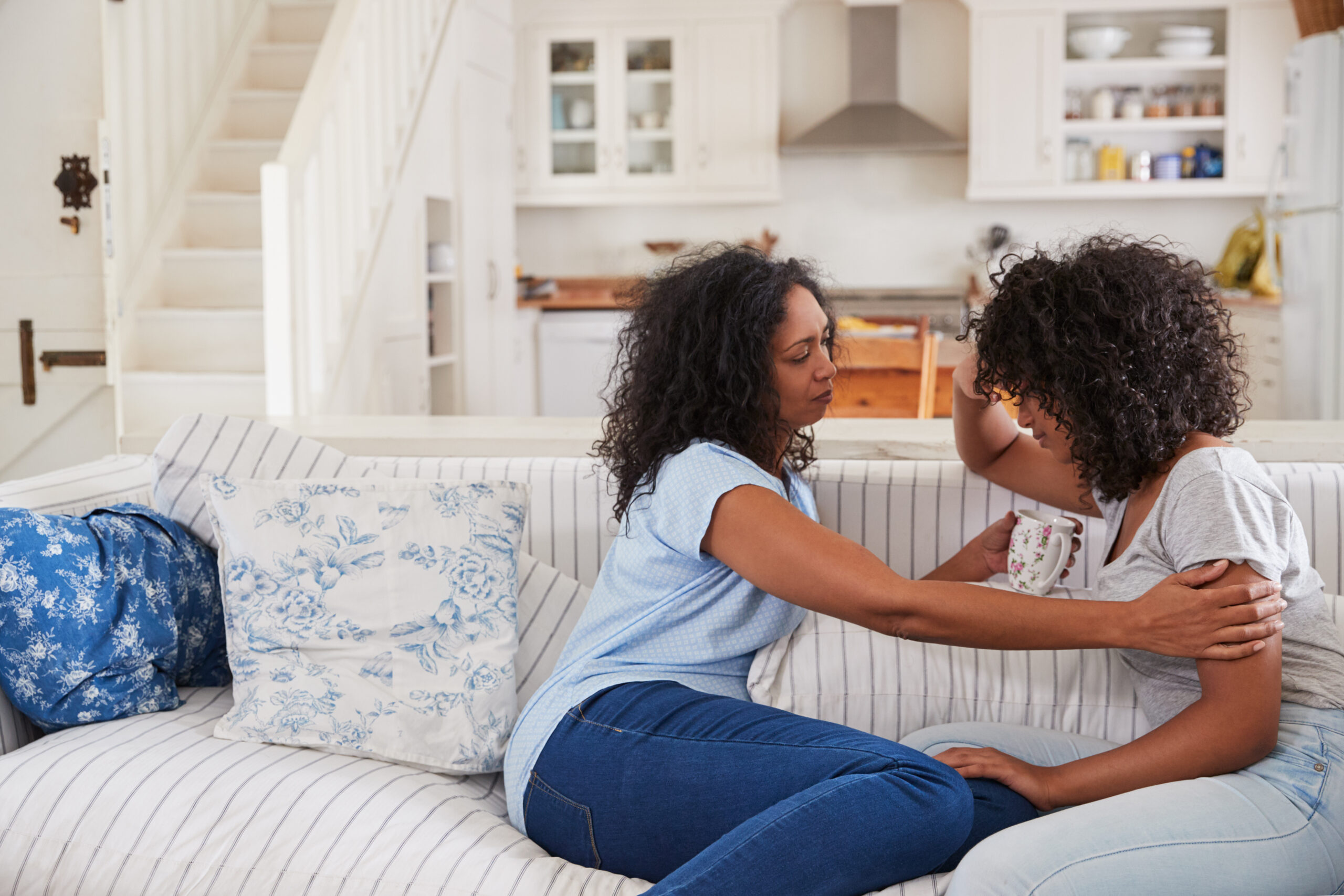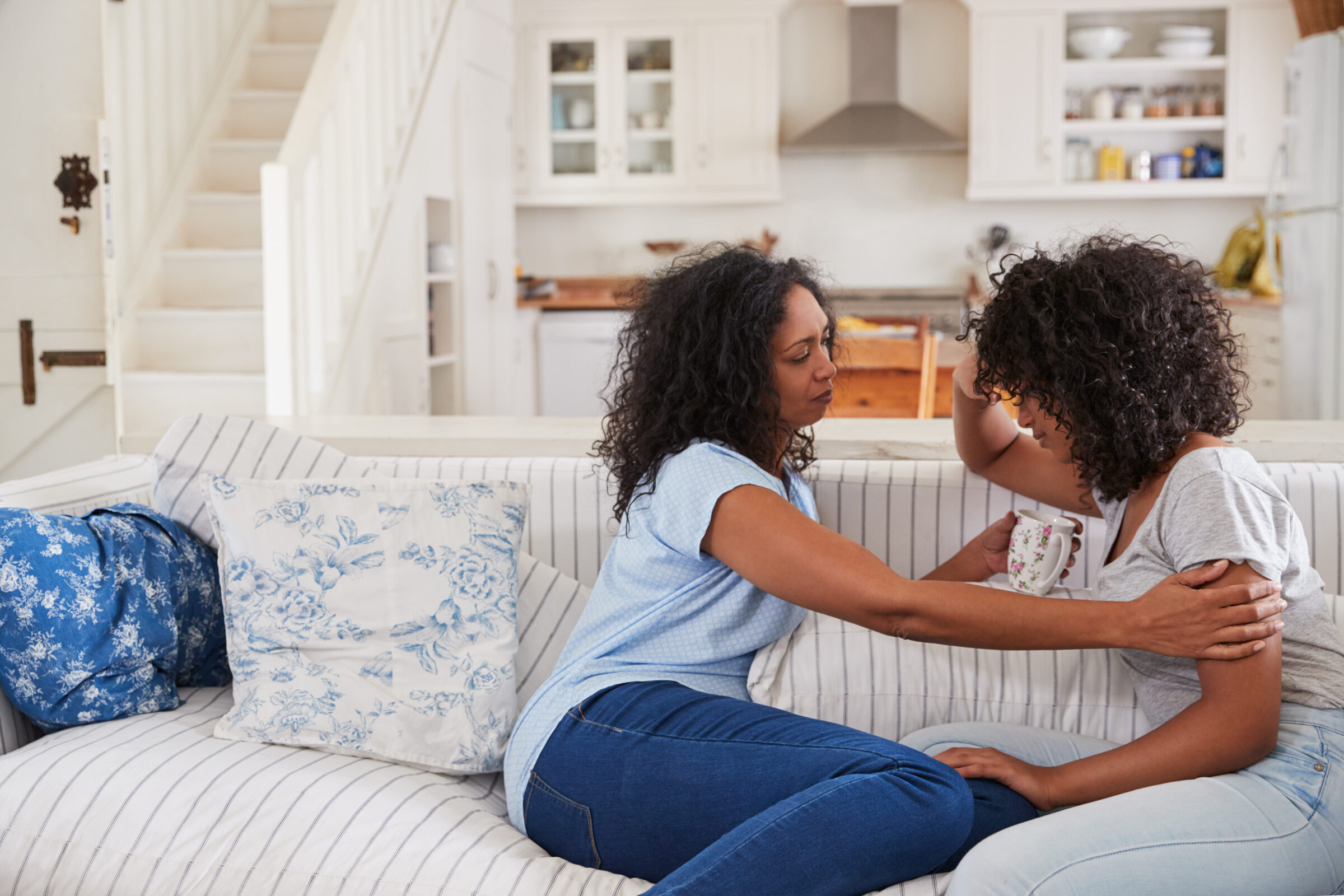
As a parent, one of the most important things you can do is provide your child with unwavering support, no matter what the circumstances may be. For many LGBTQ+ teens, the process of understanding their gender identity or sexual orientation can be a very stressful period in their lives. Some LGBTQ youth can even start to feel isolated from their friends or loved ones, especially if they feel that they are going to be judged for being ‘different’. This is due to the ongoing discrimination faced by LGBTQ+ teens today in environments such as school or social media.
More than 80% of LGBTQ+ teens experienced harassment at school, over two-thirds have been verbally harassed because of their sexual orientation, and over two-fifths have been victims of cyberbullying. With such a hostile environment for LGBTQ+ youth, it is important to provide your child with safe spaces where they can just be themselves. In fact, it is shown that LGBTQ youth who feel loved and accepted by their family have a much easier time during this stage in their lives. This is why, as a parent, it is important that you accept your child for who they are and provide safe environments where they are free to express themselves.
Creating Safe Home Environment
One of the most effective ways to create safe spaces for your LGBTQ+ teen is to create a secure, and inclusive home for your child. This way your child always has a place where they can be comfortable, and feel safe to be themselves. Here are a few ways you can create an accepting and inclusive home environment for your child.
Giving Them Space
Sometimes your teen may not be ready to talk to you about their sexuality or gender identity and that’s ok. Everyone’s journey of discovering their identity is different and every teenager’s comfort level of discussing this topic around their parents may differ. It is important that you do not force your child to discuss their orientation or gender identity with you. Instead, when your child does speak to you about these topics, patiently listen to what they have to say without interjection or judgement. Every LGBTQ+ member’s story is different, and when your child is ready to share theirs with you, they will.
Using the Right Language and Learning the Facts
With so much historical prejudice and misinformation against LQBTQ+ members, it can be difficult to get ahold of accurate information and change the generational stigma against this community. But, using the right language and knowing the facts can go a long way toward making your child feel safe and accepted. Here are some tips on what language to use and some common misconceptions about the LGBTQ+ community:
- Avoid using umbrella terms like ‘homosexual’. Try and learn the proper terminology regarding how your child identifies. When in doubt, always ask!
- This isn’t just a ‘phase’, it’s just your child’s evolving sense of self.
- There is no ‘cure’. Being part of the LGBTQ+ isn’t something that needs to be ‘fixed’
Look for Signs of Bullying or Mental Health Struggles
Due to the often hostile environments and attitudes that many still have against the LGBTQ+ community, your child may be at risk of being bullied or harassed due to their sexual orientation or gender expression. Providing support to your child when they are being harassed or experiencing mental health issues is key to developing a safe home environment for them. Here are a few common signs that may indicate that your child is being bullied or experiencing mental health struggles:
- Sudden behaviour changes
- Discipline or behavioural problems at school
- Declining Grades
- Unexplained absences
- A sudden shift in friends
- Engaging in risky behaviour
Connecting with the Right Resources
Even though creating an inclusive home environment may provide many benefits to your LGBTQ+ teen’s journey of self-discovery, teens generally spend lots of time away from home in places such as school, or the workplace. Therefore, it is important to ensure that your child can find safe spaces outside of the home where they can be comfortable to express themselves freely, without being ridiculed or shamed. There are several groups and organizations that can help provide your child with these safe spaces. Some examples of such organizations include:
- The school Gay-Straight Alliance Club, or something similar. These clubs are proven to improve an LGBTQ+ youth’s experience at their school.
- The local LGBTQ+ youth centre, or the local Pride centre.
- Community organizations such as PFLAG.
A person’s sexual orientation and gender identity are a key part of their expression of self. Unfortunately, due to social stigmas and generational differences, many young LGBTQ+ individuals may find themselves ostracized or discriminated against with nowhere they can feel safe and be themselves. That is why it is important, as parents, to provide these spaces for their kids and provide them with the acceptance, love and support they need in order to feel confident and comfortable.
For more information on how we can help, chat with our iHealthOX Care Team.
Sources:
https://www.rw.org.au/creating-safe-environments-for-lgbtiq-people/
https://www.hopkinsmedicine.org/health/wellness-and-prevention/tips-for-parents-of-lgbtq-youth
https://grownandflown.com/7-ways-support-your-bisexual-gay-teen/
https://www.onlinemswprograms.com/resources/supporting-questioning-adolescents/
Recent Posts

